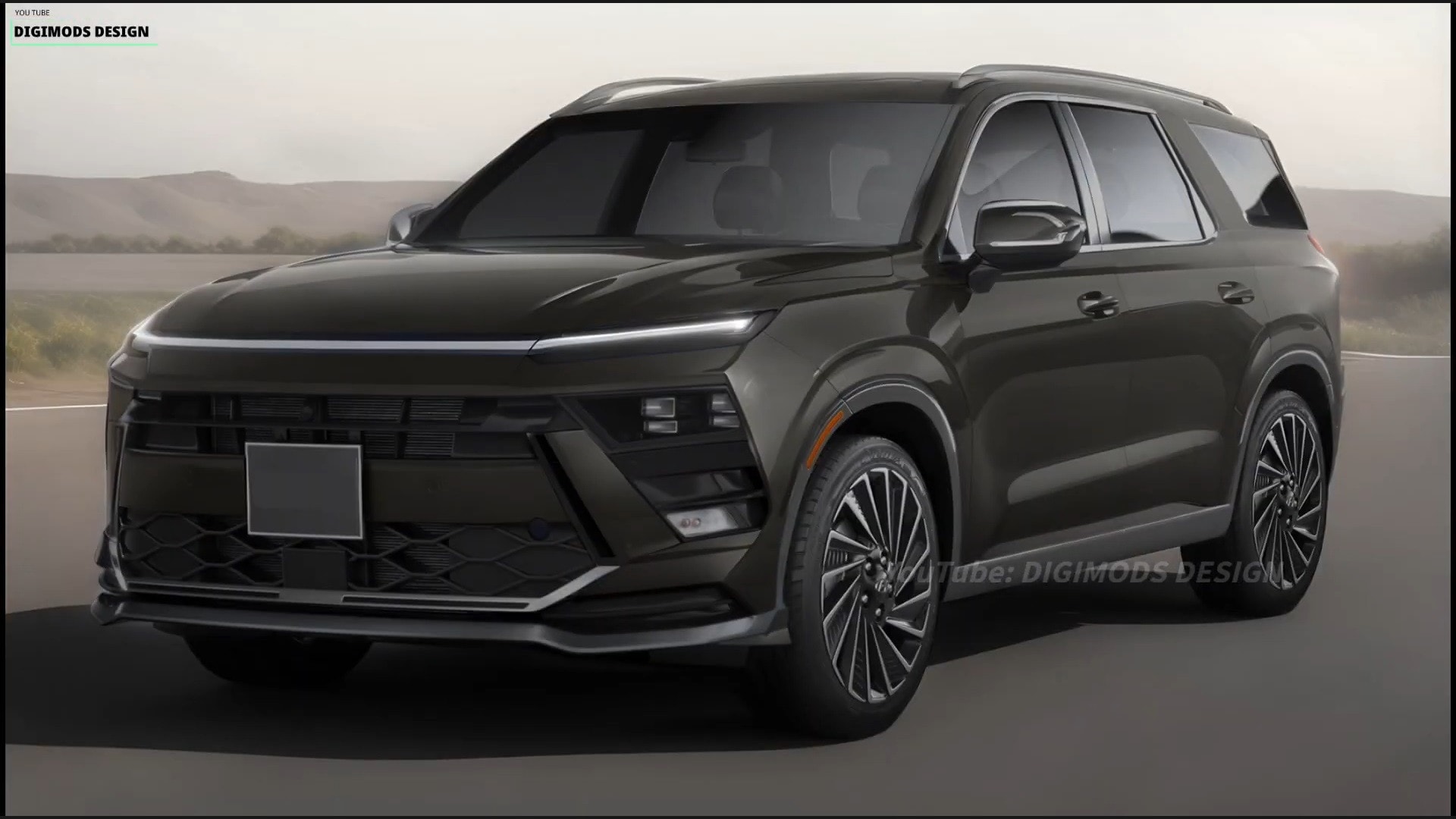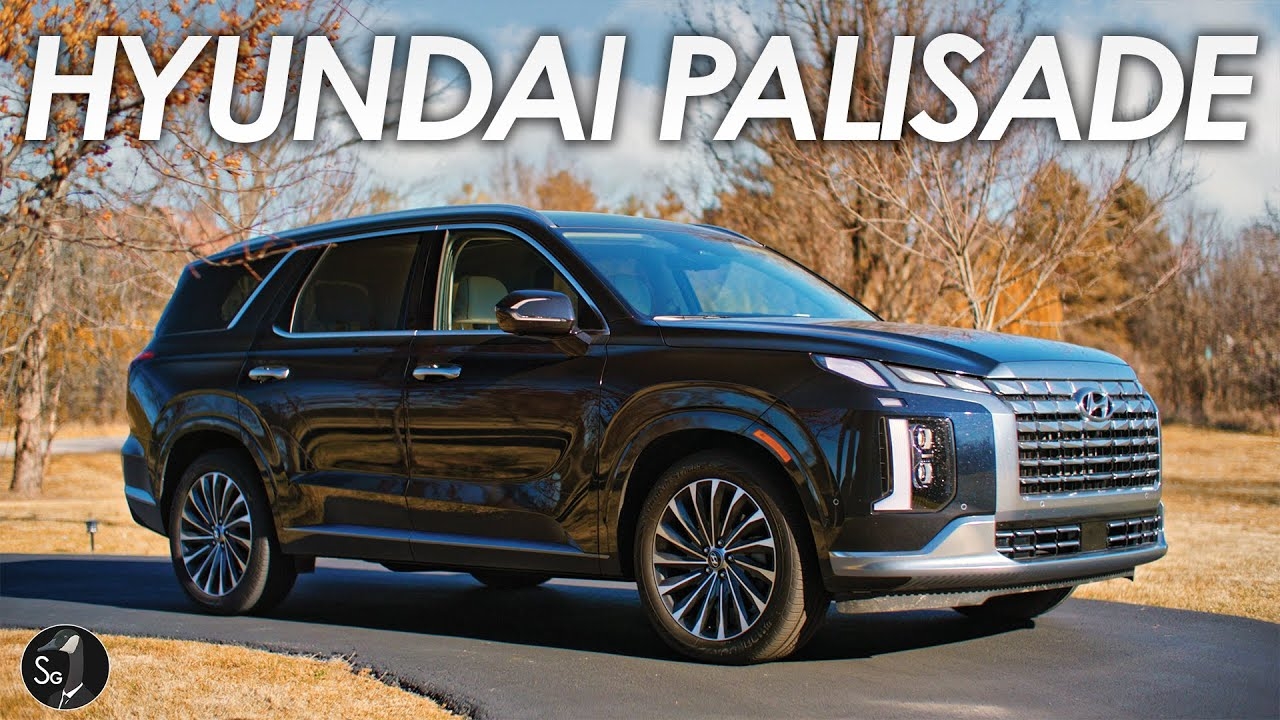The upcoming second-generation Hyundai Palisade will follow the same powertrain strategy as its smaller Santa Fe sibling, completely abandoning diesel power in favor of four-cylinder petrol engines exclusively. This significant shift marks a departure from the current model’s engine lineup, which includes both diesel and V6 petrol options.
Engine Transformation: From Diesel to Petrol Focus
Previously leaked information had indicated that the current 2.2-litre four-cylinder turbo-diesel would be discontinued, but new confirmations reveal the large SUV will also forgo V6 petrol engine options entirely. Instead, the 2026 Palisade will be powered exclusively by a turbocharged 2.5-litre four-cylinder petrol engine, with hybrid assistance available to boost both efficiency and performance outputs.
This powertrain decision comes at a crucial time as Australia implements its New Vehicle Efficiency Standard (NVES), which began on January 1, 2025, and aims to reduce emissions from new passenger vehicles by over 60% by 2030.
Power and Performance Specifications
The new turbocharged 2.5-litre engine will produce 207kW of power and 422Nm of torque in standard form, while the hybrid variant will generate 246kW with combined engine and electric motor torque figures of 353Nm from the engine and 264Nm from the electric motor. This represents a significant improvement over the current model’s diesel engine, which produces 147kW and 440Nm.
Fuel Efficiency Challenges Under New Standards
The incoming petrol engine presents mixed results in terms of fuel consumption compared to its predecessors. While offering improved power delivery, the new engine shows increased thirst compared to both the outgoing turbo-diesel and V6 options under certain driving conditions. The standard petrol engine is expected to consume 10.3-11.5L/100km in front-wheel drive configuration and 11.5-12.2L/100km in all-wheel drive versions.
This increased consumption pattern could subject the Palisade to penalties under Australia’s NVES regulations, which encourages manufacturers to supply more fuel-efficient vehicles through CO2 emission targets.
Dimensional Growth and Features
The 2026 Palisade has expanded across all measurements, growing to 5060mm in length, 1980mm in width, and 1805mm in height, with an extended wheelbase of 2970mm. The increased dimensions provide more interior space while maintaining the seven-seat configuration expected for the Australian market.
Pricing and Market Impact
| Specification | 2025 Diesel | 2025 V6 | 2026 Petrol | 2026 Hybrid |
|---|---|---|---|---|
| Engine | 2.2L Turbo-Diesel | 3.8L V6 | 2.5L Turbo Petrol | 2.5L Turbo Petrol + Electric |
| Power | 147kW | 217kW | 207kW | 246kW |
| Torque | 440Nm | 355Nm | 422Nm | 353Nm (engine) + 264Nm (motor) |
| Fuel Consumption | 8.6-8.8L/100km | 10.8-11.1L/100km | 10.3-12.2L/100km | TBA |
| CO2 Emissions | 157-170g/km | 183-188g/km | 174-207g/km | TBA |
With South Korean pricing increases of 10-15%, the Australian market could see the entry price exceed $70,000, compared to the current range of $66,800-$79,988 before on-road costs. Australian deliveries are expected to commence in 2025, positioning the Palisade to compete in the premium large SUV segment under the new emissions standards framework.
Frequently Asked Questions
Q: Will the hybrid version be available in Australia?
A: Yes, both standard petrol and hybrid variants are expected to be offered in the Australian market, with the hybrid likely providing better fuel efficiency to meet NVES requirements.
Q: When will the 2026 Palisade arrive in Australia?
A: Australian deliveries are expected to begin in 2025, with pricing and final specifications to be confirmed closer to launch.
Q: Why did Hyundai drop the diesel engine?
A: The decision aligns with global emission standards and the new NVES regulations, encouraging manufacturers to focus on more efficient powertrains including hybrid technology.
Also Read:-2025 Hyundai Inster EV Revealed Ahead of Aussie Launch
